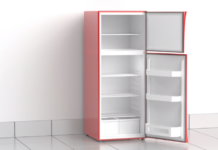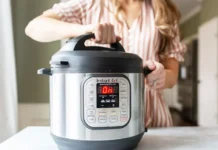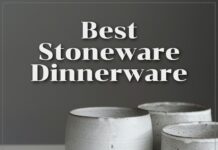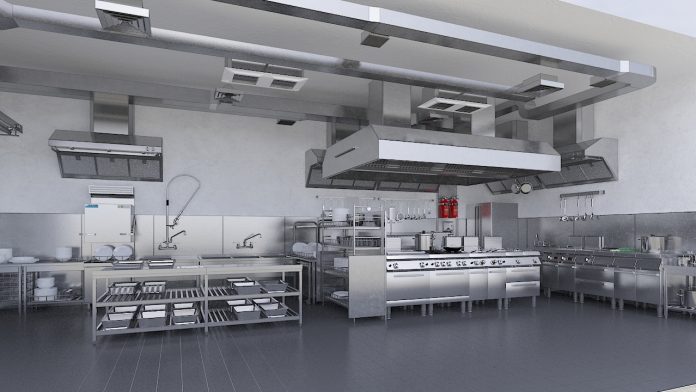
Are you looking for advice on essential commercial kitchen equipment? If you’re starting a new kitchen then you need to know about the appliances that cannot be left out of your shopping list. You’ve come to the right place for a checklist that covers the basics.
Shopping lists can potentially be endless since there is always something you can upgrade. However, covering the basics is straightforward and ensures your staff has the tools to bring every recipe on the menu to life. Here is a list of the most frequently used equipment every commercial kitchen needs from McDonald Paper experts.
1. Heavy-duty mixer
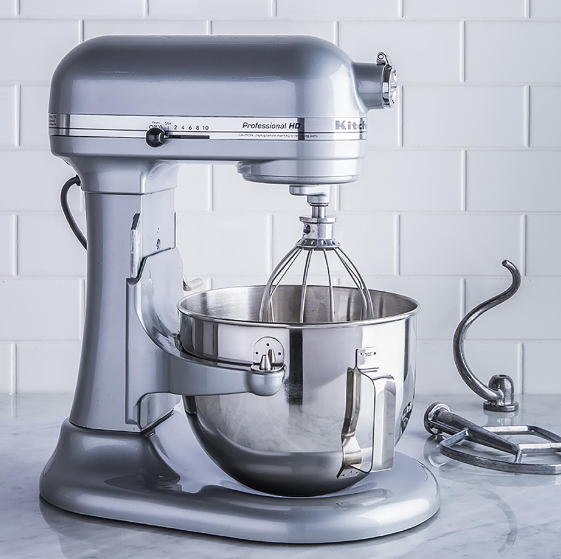
Commercial size mixers offer universal application for any type of kitchen, which includes a bakery, hotel or restaurant. Heavy-duty mixers are useful for bread making, biscuit doughs and other pastry related recipes.
Mixers come in different sizes, therefore choosing the ideal mixer depends on the volume of food produced. Large mixers allow you to make food in large quantities, which saves manpower and time. It also guarantees consistency ensuring the machine outputs the same mix every time.
2. Ovens
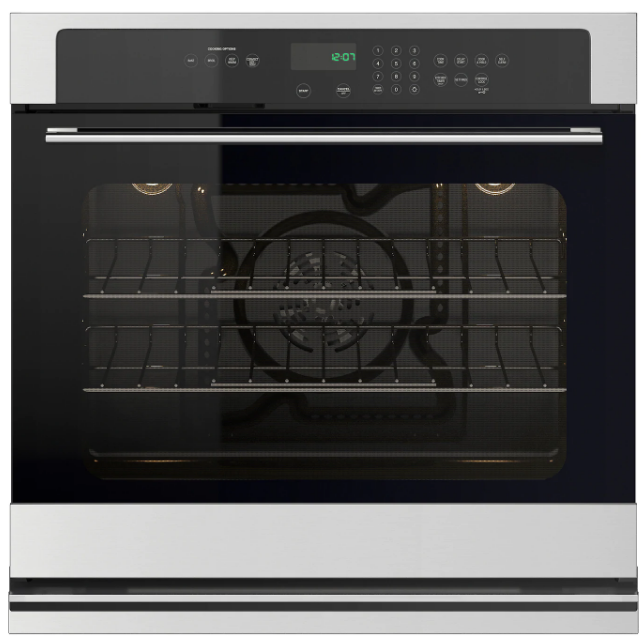
Ovens are crucial to any commercial kitchen – have you ever seen a kitchen without one? It’s essential to purchase the right oven to cook the food on your specific menu. For example, pastry kitchens require wide ovens since big trays are used for baking in batches. Restaurants serving meals need a smaller oven to braise, roast and finish off the cooking process.
The main oven types to choose from are fan, electric and gas. Electric ovens are the most reliable since gas leaks are not a problem. Furthermore, they deliver good air circulation ensuring food is cooked evenly throughout.
3. Deep Fryer
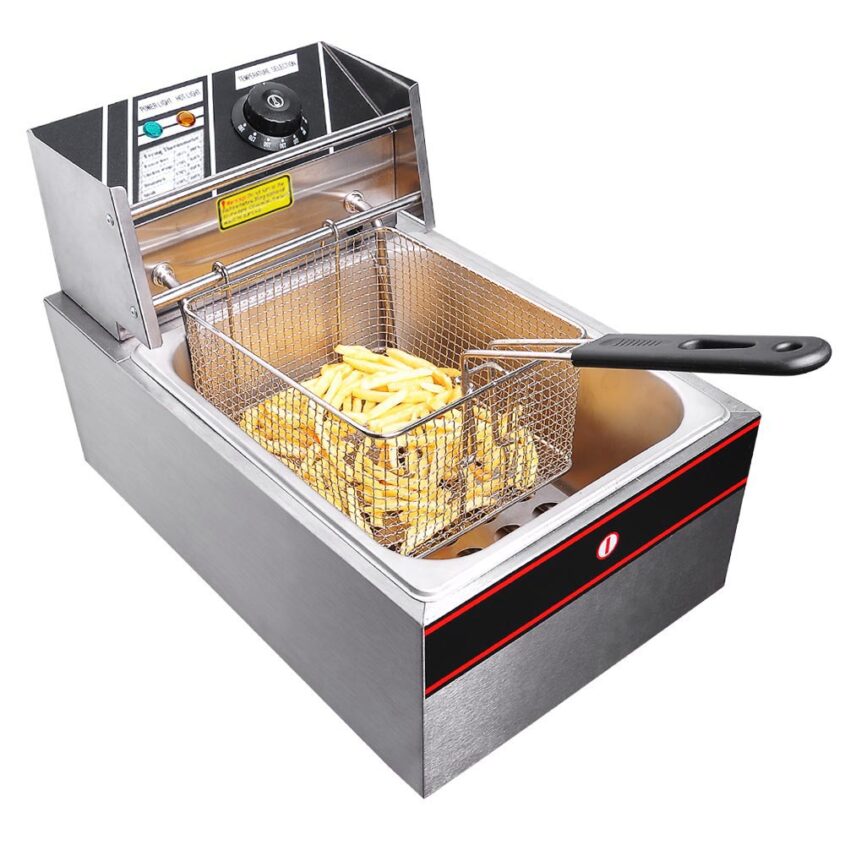
Most commercial kitchens use deep fat fryers – they are essential for various foods, from frying doughnuts to potato chips. When selecting an oven it’s important to find the right size to ensure you can fulfill orders effectively. Think about where it will be stored as it must comply with health and safety regulations.
It’s best to look for a fryer that has responsive and stable temperature control. It ensures the oil is at the correct temperature, which helps chefs get the timing right.
4. Refrigerators and walk-ins

It’s a no brainer that you’ll need refrigerators, but the question is how many and what size? You may want to opt for multiple smaller units to help separate food types. You need to consider the food that’s being stored in each refrigerator.
For example, if you have a salad bar, then salad containers are required with a lid for easy access. Will you be storing meat/fish and other high-risk foods? Then you’ll need multiple shelves at the bottom and top to separate food categories.
Also, think about the staff – will they need a counter top refrigerator so mise end place can be done on the work surface? These types of refrigerators are beneficial as they save space and look smart in any kitchen.
Walk-in refrigerators are a must for medium to large size establishments since they provide the most space and are easy to organize. You’ll quickly find the ingredients you’re looking for allowing you to get on with the recipe.
5. Grill

When creating a new kitchen plan consider the cooking types your menu needs. Will it be mostly fried, roasted, boiled or grilled? If you are opening a steakhouse, then a good quality grill is essential for grilling the finest cuts of meat. A big grill is ideal with a large surface area to cook several orders at once. If there are only a few grilled items on the menu then a smaller grill is suitable.
Grills are beneficial because meat, fish and other foods will have more flavor. It’s also healthier than frying due to less need for oils during the cooking process.
6. Ice Machine
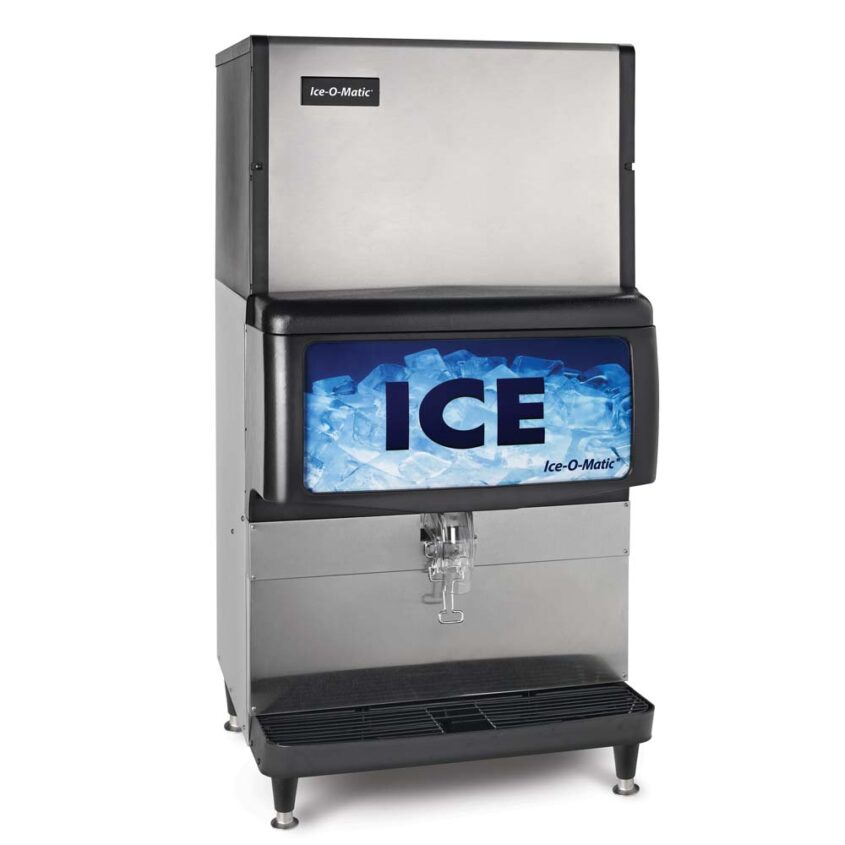
Ice machines are cost effective and reliable. Unlimited ice is essential for kitchen staff and front of house where cold drinks are served. If your establishment has a bar, then ice is an essential part of the drink making process. You cannot run a kitchen without salt and likewise you cannot run a bar without ice.
The kitchen also benefits from an ice machine as it can stop the cooking process of vegetables and wash salad. You might come up with other creative uses for ice that helps deliver a better end result.
7. Freezer
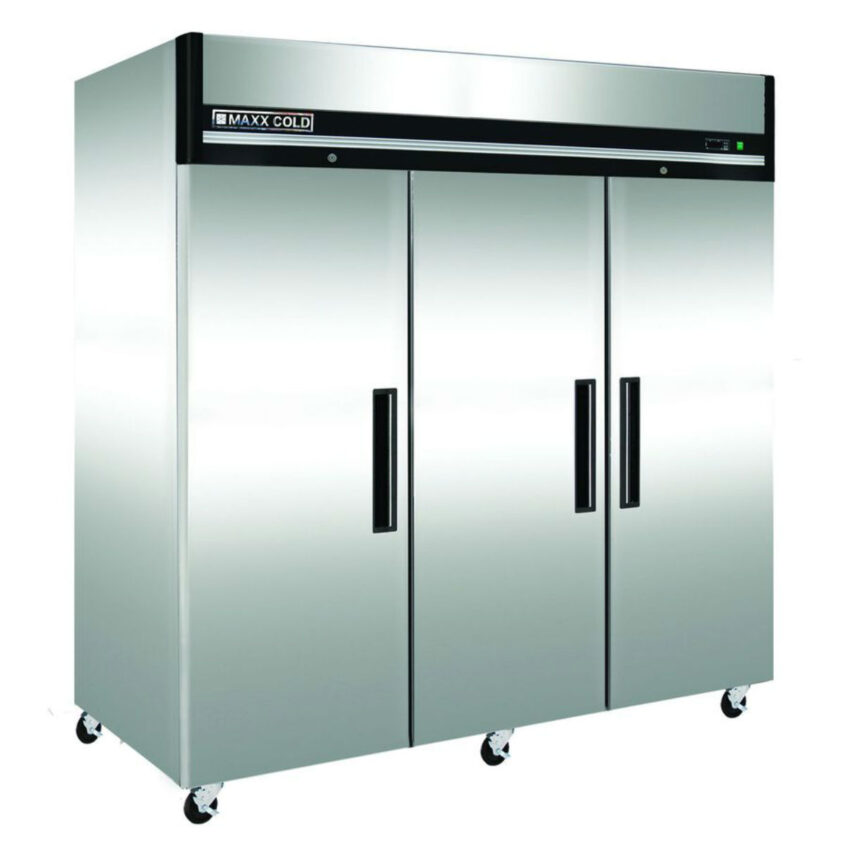
Freezers are a noteworthy investment that you cannot have enough of in a kitchen. They allow meals to be made in bulk. Anything from meat to pastry can be frozen – also, they are great for storing deep fried foods that can then be served within minutes. Freezers keep food unspoiled so less is wasted. You can also make meals in advance, which saves time and money.
Consider what type of freezer you need by analyzing what you’re likely to store. For organizational purposes it’s a good idea to buy separate freezers for different food types. Plan ahead of time by buying more freezer space than is required. It can be a headache trying to fit food into freezers when there isn’t enough space.
8. Utensils

Kitchen utensils are necessary for cooking anything from a steak to poaching eggs. The more the merrier since a chef will not know what challenges they will be presented with ahead of time. However, the basic utensils to start with are:
- Tongs
- Spatula
- Whisk
- Ladles
- Ice cream scoops
Conclusion

Now that you have your kitchen checklist it’s important to consider what other equipment you may need for your business. You may want to add a pasta machine if you have an Italian restaurant or a prover oven if you specialize in artisan bread.
When crafting your kitchen equipment list make sure to look at your menu. The food and drinks you’ll be serving will shape your kitchen equipment buying list. Don’t get overwhelmed at the start since you can add equipment when your menu and kitchen expand.

